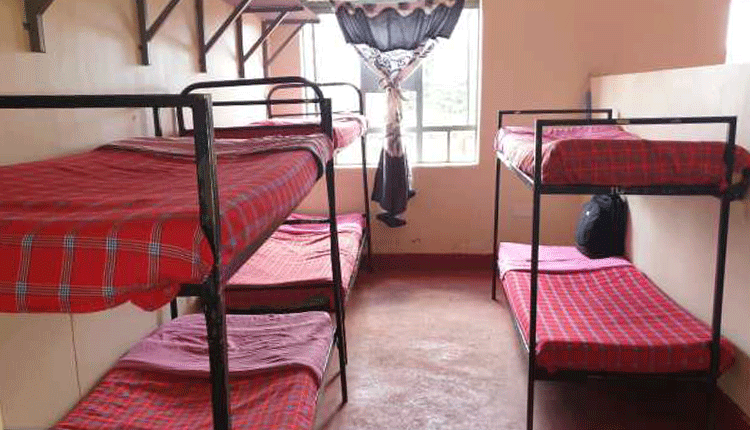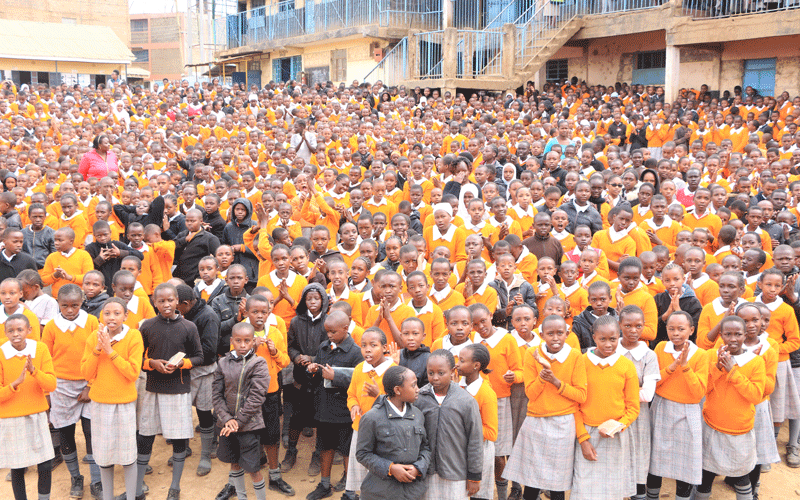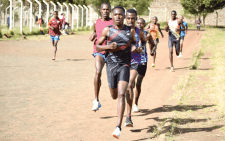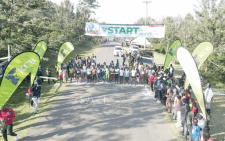Report lays bare poor state of ASAL low-cost boarding schools

Low-cost boarding schools in arid and semi-arid areas (ASALs) have inadequate learning and teaching resources needed for modern education.
They are under-funded and are currently reeling under the effects of climate change and food insecurity— influencing enrolment, a recent assessment report by the National Council for Nomadic Education in Kenya (NACONEK) has revealed.
The report further asserts that most schools had no valid registration certificates, title deeds, official postal and email address and are understaffed.
Facilities in many schools are not friendly to learners and, especially those living with disabilities and the majority have no green school programmes.
Established by the Government in 2015, the National Council for Nomadic Education in Kenya (NACONEK) was to steer and coordinate efforts towards the provision of quality education in all nomadic communities.
The council was also tasked to ensure access, retention, completion and transition among learners in ASAL communities.
This was supposed to be done through vulnerable children support grants, funding mobile schools, enactment on special education, infrastructural funds and school feeding programmes.
Towards this effort, the government disburses an annual grant of Sh400 million towards low-cost boarding schools. The government also disburses Sh3,000 per child twice a year in addition to the Free Primary Education funding.
The grant is meant to cater for the boarding programme, especially on equipment, meals and support staff in schools.
The nomadic nature of communities in these regions could not sustain day schools hence the need for low-cost boarding facilities.
The NACOMEK report lays bare the dire situation of education in the ASAL areas.
Data was collected in Turkana, Narok, Kajiado, Garissa, Tana River, Taita Taveta, Kwale and Kilifi counties.
“Although the government effort has greatly improved access and quality of education to children in nomadic communities, about two million of them aged between six and 13 years are still out of school,” observed Harun Mohammed Yusuf, the chief executive officer NACOMEK in the report titled An Assessment Report On The Impact Of Climate Change On Sustainability Of Low-Cost Boarding Schools In The Arid And Semi-Arid Lands.
On the boarding programme, the report notes that only 65 per cent of the schools received regular grants and 88 per cent indicated that the grant did not match enrolment.
Accordingly, 76 per cent of the schools had inadequate and unsafe facilities, with learners, especially boys, sharing beds while others slept on the floor.
Regarding school infrastructure, in most counties, toilets were inadequate, unfriendly, especially to people living with disabilities, and lacked safety and privacy, according to the report.
Handwashing facilities were inadequate in about 53 per cent of the school while 57 per cent of the schools did not have clean bathrooms. Water supply was inadequate in 62 per cent of the institutions.
Missing learners
Nutrition and health proved a challenge to many of the low-cost boarding schools, with the majority failing to provide a balanced diet to their learners. At least 20 per cent of the schools lacked secure and safe food storage facilities.
In an indication of strained resources, 80 per cent of the schools used 60 per cent of their budgets on food.
While the assessment was done just before Covid-19 hit the country, a recent statement by governors in these regions shows that education enrolment has badly been hit by the pandemic.
According to a statement by the Frontier Counties Development Council (FCDC), at least 1.2 million learners from 10 counties have failed to return to school after institutions reopened early this year
The 10 counties under FCDC are Turkana, West Pokot, Samburu, Isiolo, Mandera, Wajir, Garissa, Tana River, Lamu and Mandera.
According to the statement, 265,000 learners in Mandera, 255,850 from Garissa, 237,000 from Wajir, 224,000 from Turkana and 94,000 from Marsabit failed to resume learning.
Primary schools are the hardest hit with 821,790 pupils out of school with 288,350 pre-primary learners and 185,000 students away from class.
“Half of the people in our regions are illiterate and this situation only worsens the already dire situation,” observed Ali Roba, Mandera governor who is currently the FCDC chairperson, calling on the Ministry of Education to make concerted efforts to arrest the situation.
According to governor Roba, sustainable development is largely dependent on literacy levels.
“What this means is that these regions will forever be left behind due to lack of education opportunities for many of its children,” he added.
Roba noted that severe teacher shortage, as well as insecurity could have contributed to low enrolment as schools reopened.
For instance, Mandera county has a deficit of 1,707 teachers according to the FCDC.












